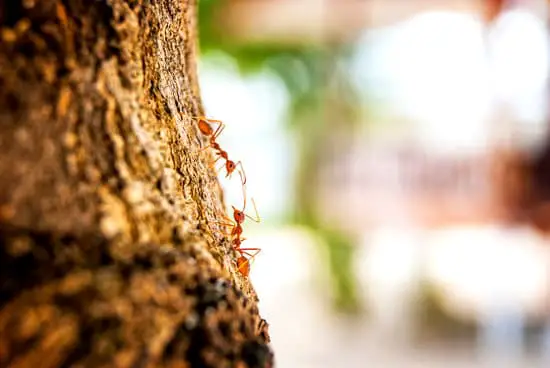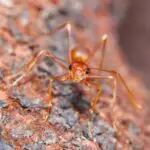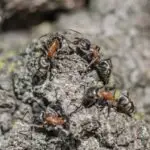How Ants Build Their Homes
During the colder months, ants are compelled to move their nests indoors. Some ants build nests in trees, while others build mounds in the ground.
Ants use their powerful mandibles to break pieces of dirt and wood. They also create tunnels and crevices in the ground. These tunnels help them move large amounts of soil. They can also use seeds to camouflage their homes. They also use chemical trails to send other ants to food sources.
When ants build their homes, they usually build them in strategic locations. These locations are often protected from predators and provide a favorable climate for the queen and brood. Some species of ants build specific types of anthills. Some anthills are made of sand, while others are made of clay. They are also built under logs and stones, or on top of logs and stones.
They also build chambers underground to store food and eggs. They also use pheromones and their sense organs to communicate.
Depending on the species, anthills can last up to hundreds of years. Some ants build mounds that are high in the air, while others build low, soft hills. Others build nests in trees or inside cavities in plants.
Usually, an anthill is made of sand, clay, or dirt. Ants also build tunnels underneath them. They are protected from predators and the elements by twigs. They also create strong mounds by putting sticks into the soil.
When an ant hill is built, ants usually face south. This creates the most favorable climate for the queen. They also create chambers beneath the anthill for storage and rest.








